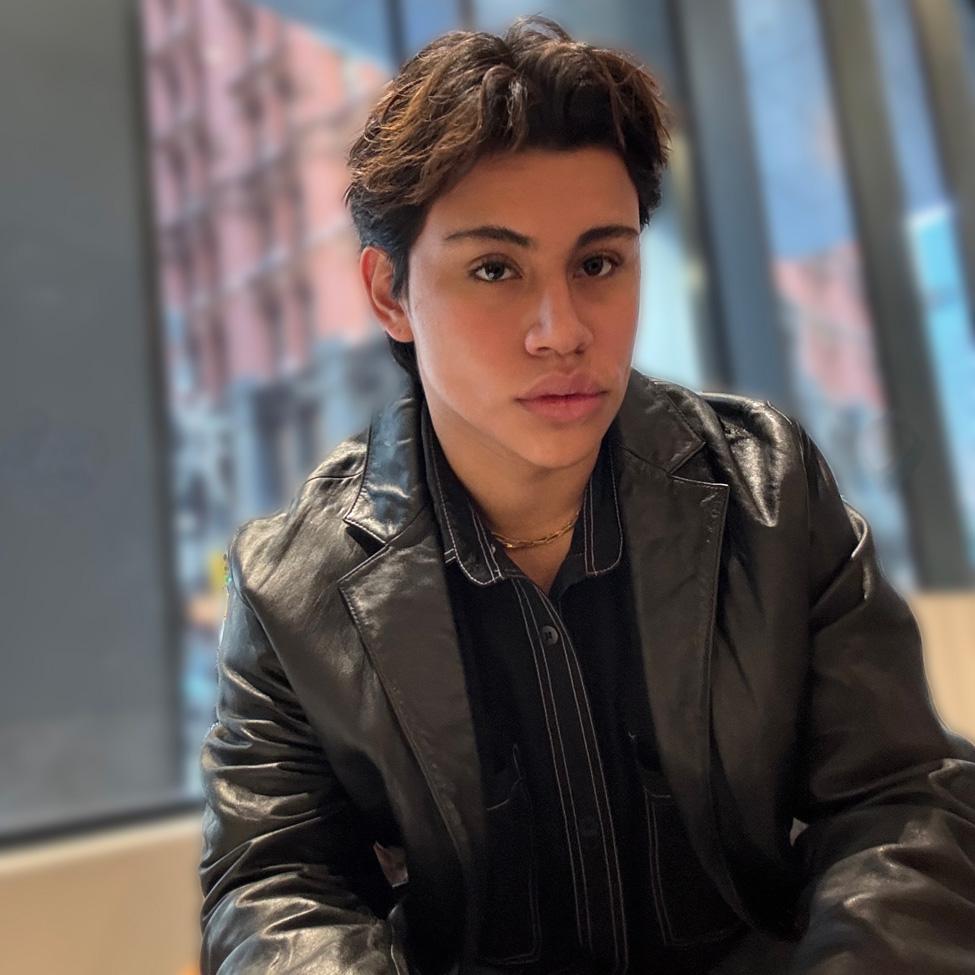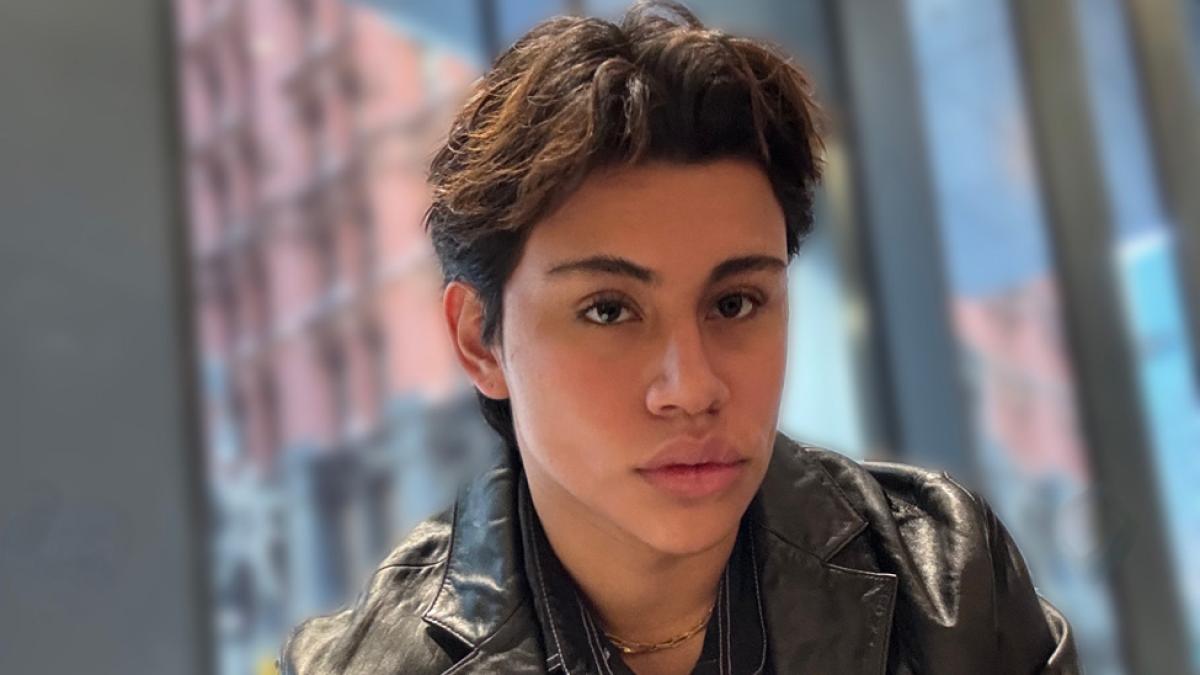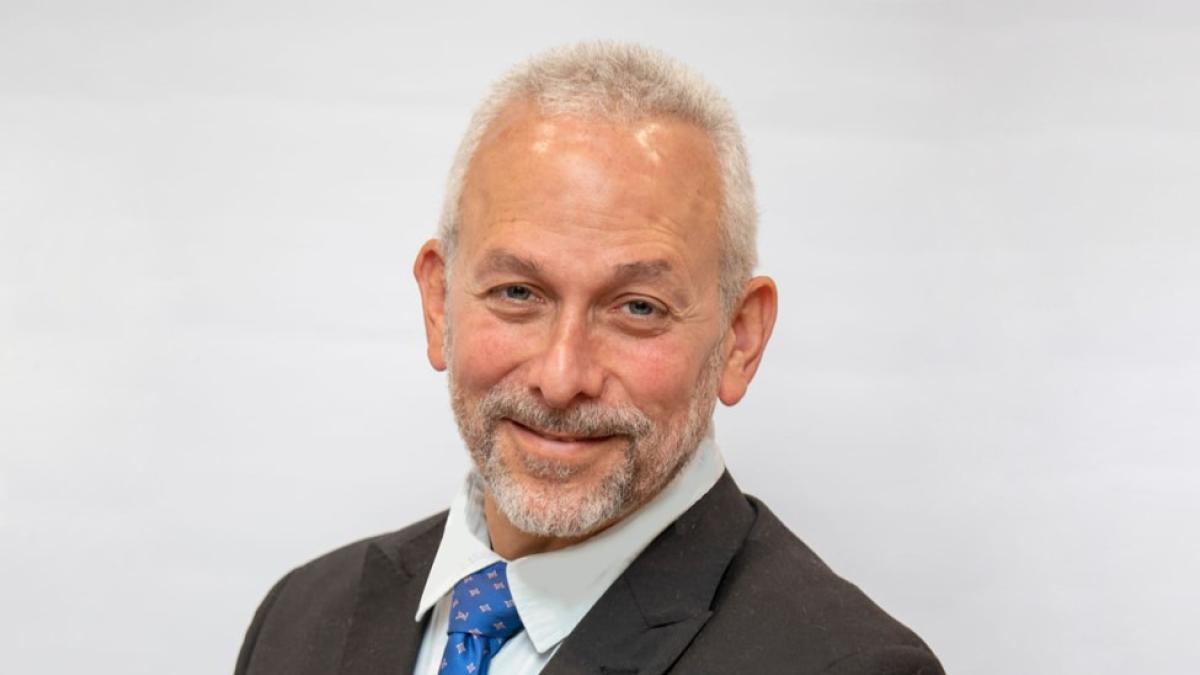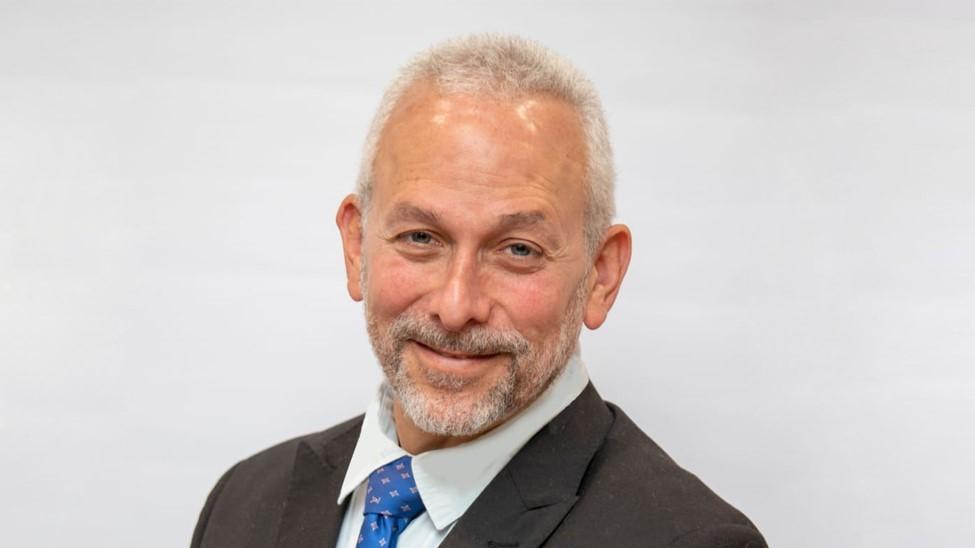
Designing Dreams: Innovating Fashion with Diversity in Focus
Combining a passion for fashion with business expertise, Rico Putnam '28 founded Ixchel Magazine to highlight emerging designers and create opportunities for young creatives to gain experience in the industry while championing diversity and inclusion.

Rico Putnam
Class of 2028
Currently Studying: BBA in Human Resources Management
Pronouns: He/Him/His

Combining a passion for fashion with business expertise, Rico Putnam founded Ixchel Magazine to highlight emerging designers and create opportunities for young creatives to gain experience in the industry while championing diversity and inclusion.
Why did you choose Pace University and the Lubin School of Business?
I chose Pace because of its diverse community and the opportunities it offers due to its close proximity to Condé Nast's headquarters and Wall Street.
What is The Ixchel?
The Ixchel is a monthly fashion and lifestyle magazine that covers topics such as runway, culture, fashion, and emerging brands. Our magazine shines a spotlight on new, emerging designers and provides a platform for talented young writers and photographers to gain experience working for an established publication. It also offers them the opportunity to attend and report on high-profile runway shows and events. One of our key pillars as a publication is our emphasis on diversity, equity, and inclusion (DEI) and amplifying the voices of those historically overlooked or underrepresented.
What inspired you to create The Ixchel, and how does it reflect your passion for fashion?
Since I was young, I've always loved fashion and the art behind it. If you asked my parents, they'd tell you I used to have them describe in vivid detail the dresses and suits worn by princes and princesses in their stories. Growing up, I would flip through magazines like Vogue, Cosmopolitan, and Harper's Bazaar, but I rarely saw young people in these spaces—especially those who looked like me.
When I started this magazine, I knew I wanted to hire young people and place a strong emphasis on DEI—and I've done just that. Being able to enter these spaces, see runways, and meet highly influential people has been a dream come true. Trying to make a change within this industry is an opportunity I'll never take for granted. Creating a platform that gives young people a voice and helps them begin their careers is incredibly inspiring. It's been a beautiful journey to watch these talented individuals grow more confident in their respective crafts.
How do you see The Ixchel evolving in the future, and what role do you think your Lubin education will play in that journey?
I want to continue growing our staff and begin publishing print editions of the magazine. I also aim to launch a larger marketing campaign to gain more exposure. Lubin has been extremely influential in this process, helping me navigate the complex aspects of running a business.
What has been your favorite opportunity at Pace?
So far, the internship fairs and opportunities to speak with representatives from major companies, such as Christian Louboutin, have been incredibly useful for making connections and starting relationships with these organizations.
If there's something you want to do or somewhere you want to be, go for it. If you don't see a space for yourself, create one.
Do you have any advice for other Lubin students?
If there's something you want to do or somewhere you want to be, go for it. If you don't see a space for yourself, create one. Most importantly, make sure you have a strong support system. I wouldn't have been able to accomplish any of this without my deputy editor and closest friend, Lily Fonseca, as well as my mentors and friends.
What does #LubinLife mean to you?
To me, #LubinLife means finding the resources around you and using them to their full potential.
Tax Policy and International Tax Expert Keith Engel to Join Haub Law as a Visiting Professor
The Elisabeth Haub School of Law at Pace University is pleased to announce that Keith Engel, a seasoned expert in tax policy, will join the faculty as a Visiting Professor for the Spring 2024 semester. During his time at Haub Law, Professor Engel will teach Corporations & Partnerships and Tax Policy. Engel is currently Chief Executive Officer for the South African Institute of Taxation and an adjunct tax professor at the University of Witswatersrand.


The Elisabeth Haub School of Law at Pace University is pleased to announce that Keith Engel, a seasoned expert in tax policy, will join the faculty as a Visiting Professor for the Spring 2024 semester. During his time at Haub Law, Professor Engel will teach Corporations & Partnerships and Tax Policy. Engel is currently Chief Executive Officer for the South African Institute of Taxation and an adjunct tax professor at the University of Witswatersrand.
Professor Engel’s distinguished career spans the United States and South Africa, with expertise in tax law, policy reform, and business structuring. Since 2015, he has served as the CEO of the South African Institute of Taxation. In that role, he has provided strategic leadership and business development while engaging with parliament and other high-ranking officials on policy. He is a sought-after educator, regularly providing lectures, training, and webinars. He is also an adjunct tax professor at the University of Witswatersrand and provides guest lectures at other universities. Throughout his career, Professor Engel has held numerous other impactful roles in tax policy including as Tax Director for African Tax Policy with EY, Chief Tax Director with the National Treasury of South Africa, and in a variety of roles in the United States.
“We are excited to welcome Keith Engel to Haub Law as a Visiting Professor,” said Horace E. Anderson, Jr., Dean of the Elisabeth Haub School of Law at Pace University. “Professor Engel’s expertise in tax policy – both nationally and internationally – will bring a broadened perspective to our students at Haub Law. With decades of leadership and experience, Professor Engel will contribute significantly to our continuous learning community.”
In addition to his leadership roles, Professor Engel has previously taught at Washington & Lee School of Law, Georgetown University, and other prestigious institutions. At Washington & Lee School of Law, he was honored as Teacher of the Year for three consecutive years. His contributions to the field also include a range of publications on international tax law, policy, and comparative taxation. Further, he is an often sought after lecturer and educator in comparative tax law and policy, international tax law and policy, corporations and partnerships, business law, and more.
Professor Engel earned his bachelor’s degree in foreign service from Georgetown University and his JD and Master of Laws in Taxation both from Georgetown University Law Center.